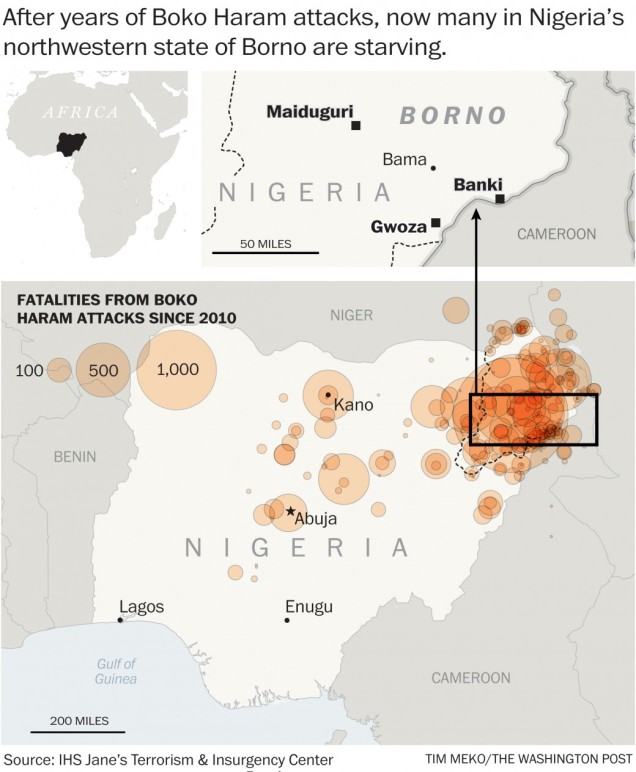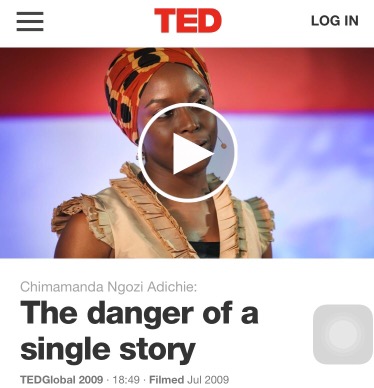The global market for foodstuffs is depleting water sources in many parts of the world quicker than they can naturally be refilled.
The complex trade is increasing pressure on non-renewable groundwater, mainly used for irrigating crops such as rice, wheat and cotton.
Pakistan, the US and India are the countries exporting the most food grown with unsustainable water.
Researchers say that without action, food supplies will be threatened.
Around 43% of the water used to irrigate crops around the world comes from underground aquifers, as opposed to rivers and lakes. Many of these sources are being used up quicker than they can be refilled from rainfall.
Back in 2000, experts believed that non-renewable resources sustained 20% of global irrigation. In the 10 years to 2010, this increased by more than a fifth.
Many developed countries are aware of issues in the depletion of groundwater and have put measures in place, such as urban water restrictions in California during the recent years of drought. However, in developing nations, the mechanisms to restrict water may not exist.
“Pakistan for instance is quite complex,” said Dr Dalin. “They can make good money out of exporting rice, but the framework is not really there to account for the impact on the environment. It is true that eventually it will affect the production there.”
The researchers argue that while governments need to have greater awareness about the impacts of production on water resources, consumers in richer countries should also think about water when considering the foods that they buy.
“The products that consumers buy at a supermarket may have very different environmental impacts depending on where they are produced and how they are irrigated,” said co-author Yoshihide Wada, from the International Institute for Applied Systems Analysis.
“In order to help consumers make more sustainable choices about their food, producers should consider adding water labels that make these impacts clear.”
Source: http://www.bbc.com/





